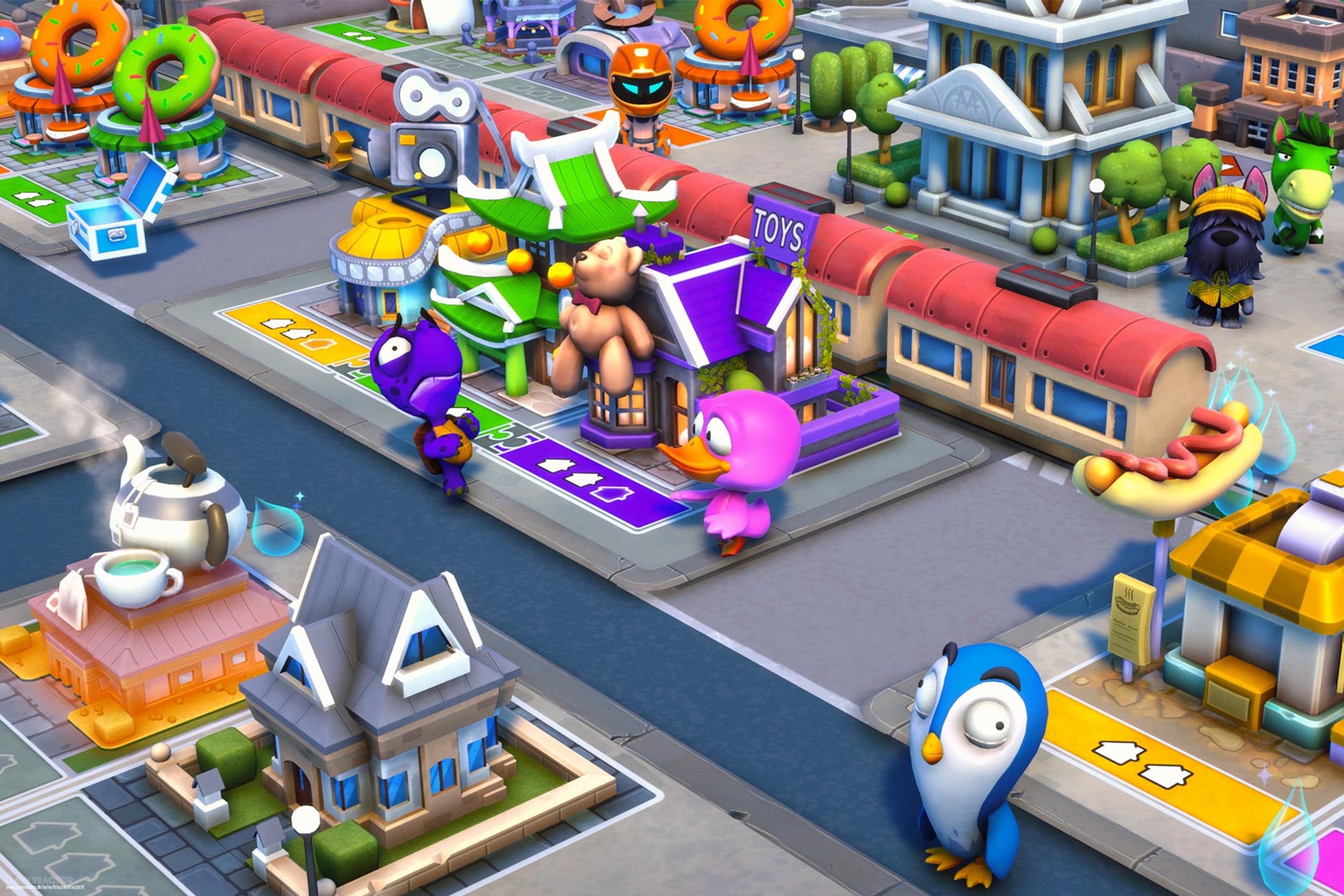Board games have experienced an unprecedented renaissance in the last decade, evolving from something ordinary people associate with children to a widely accepted social pastime for adults. So it’s not surprising that board games have also been increasingly adapted into video games for PC and consoles, and many of the genre’s greats already have their adaptation. Many of them have gone through a great digital transformation, and now it’s the turn of the classic Monopoly, which has previously been adapted several times to try to come back in a big way. I know what you’re thinking because can it really be interesting to have yet another version of one of the most used and outdated board games in the world?
One of the things that became most apparent in the first few minutes of Ubisoft’s Monopoly Madness was just how little this game really has in common with its ancient analogue ancestor. Virtually nothing is discernible, and while the basic concept remains the same (i.e. focus on getting plots and then building on them), the way you do it is entirely new. Gone is the typical slow-paced turn-based game system and instead you’ll find yourself with a chaotic party board game. Monopoly Madness is a crazy party game where all players move freely around the board with the sole aim of buying more buildings than their opponents. Users have random access to it throughout the game and can bid on it with resources that appear randomly on the board, provided of course you get there before your opponents.
Because when it comes to putting obstacles in the way of your opponents, there are many ways to prevent them from reaching and bidding on the houses that appear. This includes simply hitting them with the push-back attack that all characters have, or getting a little more creative and putting obstacles in the way of the players you’re facing. The key to success lies in constant observation, which is not easy on the sometimes insanely chaotic game board overloaded with events. And that’s where I want to start my criticism of Monopoly Madness, because although the developers have done a great job to give the game a fresh breeze, it quickly becomes incredibly boring and the audio-visual elements quickly become very difficult.
In terms of game dynamics, Monopoly Madness offers more or less what you would expect. There’s a campaign mode where each new level brings unique challenges and objectives, but there’s also classic free-for-all battle royale, as well as both online and local multiplayer. The latter is almost essential for this type of digital board game, so I’m grateful to Ubisoft for choosing to include it, since without a doubt it’s also the most entertaining game mode. After all, there’s nothing quite like sitting on the same couch with your friends and yelling at each other, and that’s the point of the game. As for single player, there’s not much to add beyond the relatively lackluster campaign; and the online mode doesn’t seem to promise much either, with fairly empty rooms.
The best way to play Monopoly Madness is with family or friends gathered around the same TV, with one controller for each, and the tumultuous game rules work well to make each game unique as long as you follow the colorful barrage of the visual Presentation can withstand effects and makes it clear that Monopoly Madness primarily appeals to a slightly younger audience. For fans of chaotic board games that can invite lots of friends or family to play, Ubisoft’s whimsical take on the classic Monopoly offers simple, light-hearted fun as a light-hearted, kid-friendly pastime, even if it doesn’t seem quite like real life.












